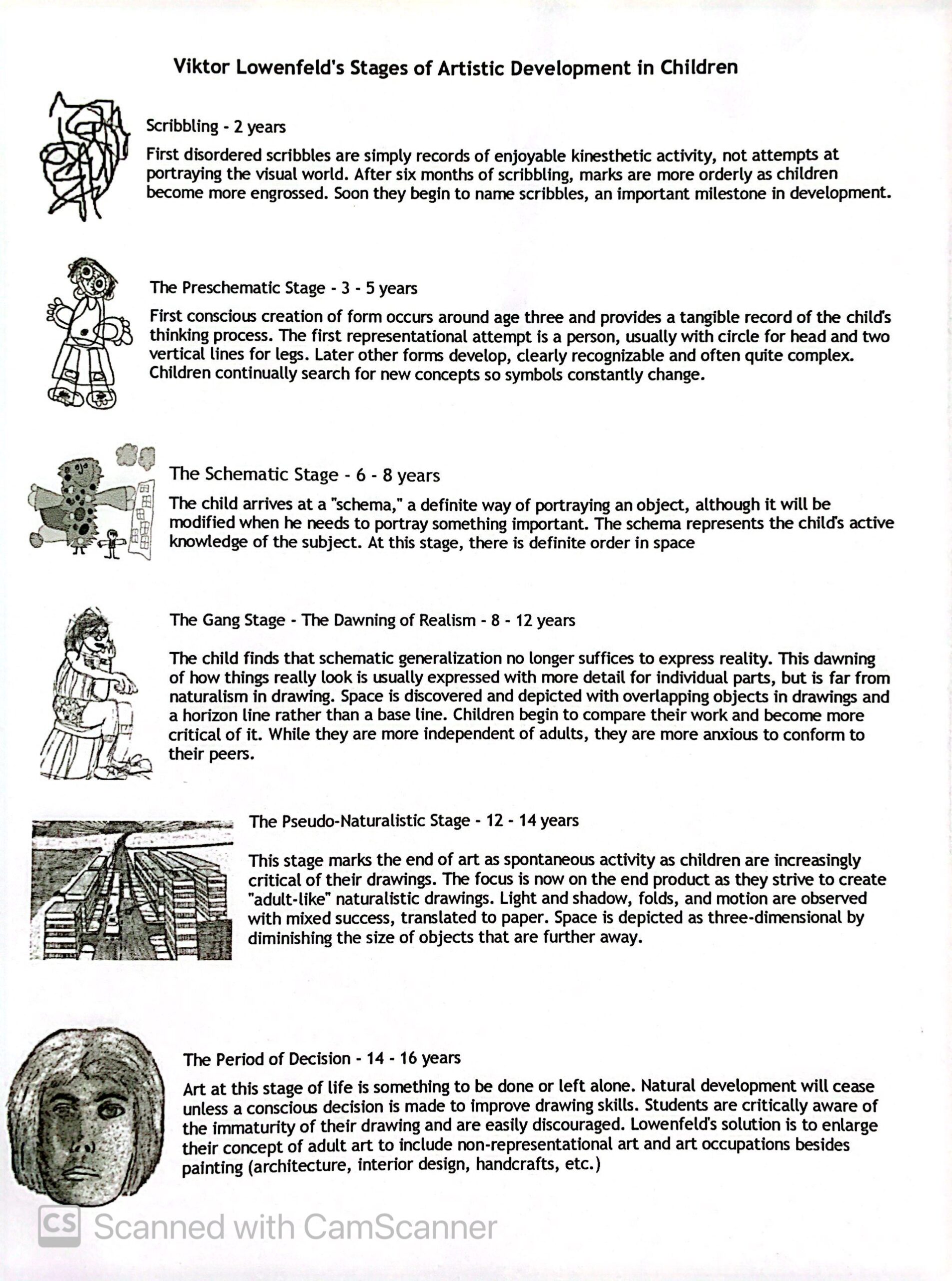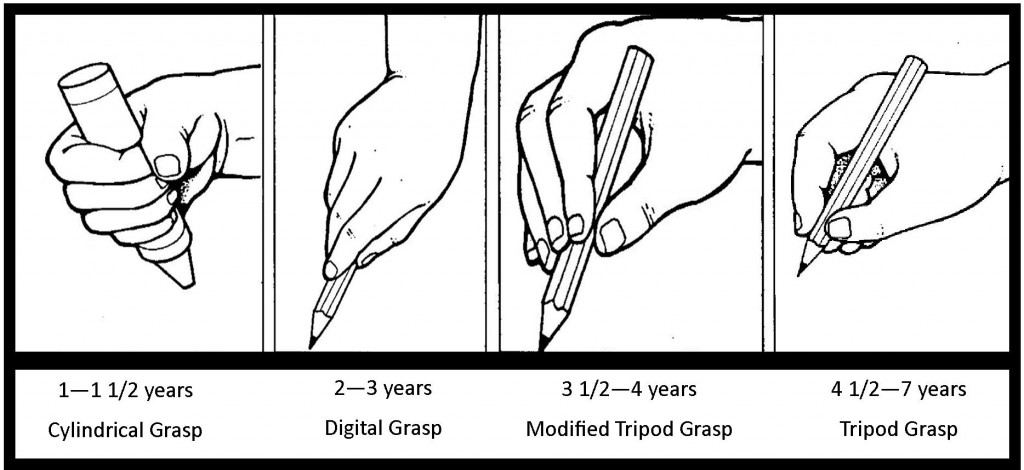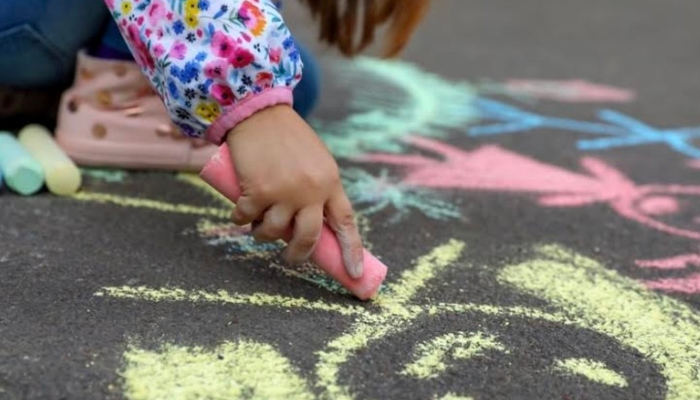By Guest Blogger Lindsay Jordan ATR-P, LCMHCA, Registered Art Therapist, and Clinical Mental Health Counselor
As a parent myself, I personally know how it can be both a sweet and sometimes funny memory, to recall watching your little one enjoy drawing their first scribbles. What you may not know however, is that this first act of drawing and the implementation of drawing, in general, is an important developmental milestone in your little one’s cognitive developmental journey.
The simple act of drawing supports your little one with what is called “graphomotor skills.” Graphomotor skills are important when it comes to writing, as your child gets older. While drawing, your little one uses the tiny but mighty muscles in their little fingers and hands to practice fine muscle movements by holding a tool (i.e. crayon, marker, pencil etc.), and moving it around on paper to achieve some type of shape, scribble, or line. With more and more practice your child will learn to control these small motions as they work to intentionally create a picture, write their ABC’s, and illustrate the thoughts in their mind, processing the world around them one sketch at a time. Recent research has clearly identified the connection between children’s language skills and the act of drawing to develop more complex speech and expression – bottom line… get your kiddos drawing daily!
One of the earliest researchers who dedicated their work to analyzing the parallels of children’s cognitive development to artistic development was Viktor Lowenfeld, an Austrian professor of art education at the Hampton Institute, and Pennsylvania State University. During his research Lowenfeld developed the below Stages of Artistic Development in Children. The emergence of Lowenfeld’s stages systematically organized artistic development through the observation and analysis of children’s drawings at various ages, and used his findings to gain an understanding of how cognitive development matures with artistic abilities.
 The use of the hand positions depicted below support the development of effective writing skills and controlled fine motor skills.
The use of the hand positions depicted below support the development of effective writing skills and controlled fine motor skills.

Additionally, at about age 3 years and older, as your child starts learning more about shapes, you can expect to notice their single drawn lines moving towards enclosed shapes. More often than not, the first shape that most children draw is a circle, followed by triangles and then squares. Usually by age 4-6 years-old you will observe the variety of shapes growing, becoming more complex and detailed as they use these shapes to create their first symbolic representation of people, animals etc.
Now, please trust that my sharing this is not to cause you concern about your child’s development, or to generate a game of comparison as to which child will become the next famous artist or speaker. It is important to note, that like any milestone every child develops these skills at their own unique pace. That said, what we as parents can do to help encourage the growth of these skills involves simply giving our children opportunities to practice them! Kids learn best from watching us, and do not care if you can just draw a stick person, or a dog that may look like a horse. They will enjoy just having fun with you! Provide your child with age-appropriate art materials, carve out dedicated time to draw and create. Additionally, be sure to teach them appropriate places they can practice their skills (as to hopefully prevent them from practicing on parts of your home – been there! I recommend washable drawing materials just in case for those curious tots by the way). Happy drawing and developing everyone!

Want to see more blogs like this and also get notifications on local events and happenings? Subscribe to our free weekly newsletters here.














